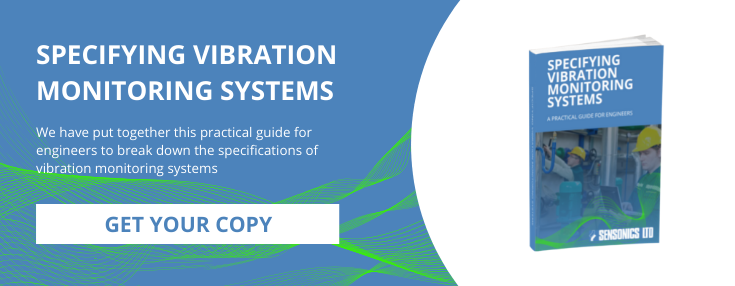How Does Vibration Analysis Improve Predictive Maintenance For Industrial Machinery?
Finding ways to streamline maintenance, minimise downtime, and optimise operations is central to productivity. As such, predictive maintenance is one of the best strategies for achieving high efficiency while reducing costs. Vibration analysis can be one of the most useful ways of zeroing in on an issue long before it becomes a problem. Here’s how:
What Is Predictive Maintenance?
Predictive maintenance involves using a monitoring system with sensors that alert engineers to an issue before it even begins. For example, a little like a crystal ball, algorithms can determine that your auxiliary actuator is likely to develop a lock-in place failure next Tuesday. As such, the benefits are broad. At a basic level, predictive maintenance enables accurate planning, thereby greatly reducing the risk of unexpected downtime. When optimised, predictive maintenance can reduce the stress on critical parts, thereby boosting efficiency while extending the lifespan of machinery.
What Is Vibration Analysis In Predictive Maintenance?
One of the main streams of information for predictive maintenance is vibration analysis. Highly sensitive and with pinpoint accuracy, vibration analysis is a monitoring, data gathering, and data analysis strategy. It looks for vibration patterns inside machines and structures, and uses advanced analytics to interpret the data compared to historic examples. Vibration analysis is therefore able to identify abnormal events and changes to patterns. As such, it gives clear, concise, and accurate insight into the condition of the subject.
What Is Important About Vibration Analysis?
Vibration analysis enables suitably trained engineers to zero in on the precise location and nature of a looming problem in the form of root cause analysis. That is, it goes beyond the problem by asking why the problem originally arose. This is vital in equipment that has many rotating parts, any of which could be contributing to a problem elsewhere. Vibration analysis examines factors such as acceleration, velocity and displacement to create a complete map. With this, machinery is always optimised, thus reducing the risk of production errors and other costly headaches.
Does Vibration Analysis Help With Troubleshooting?
A major feature of vibration detection is its no-nonsense, clear, straight-to-the-point troubleshooting approach. The AI-driven system uses known data to create ‘red flag’ signals. These are instances where, in the past, Condition A has resulted in Outcome B. The more data gathered, the clearer the correlative links. As such, it becomes first a mathematical probability and later a statistically proven certainty that Condition A will have a predictable outcome. This advanced, data-driven troubleshooting approach removes uncertainty and increases both accuracy and reliability.
What Kind Of Problems Can Vibration Analysis Prevent?
The types of problems depend upon the purpose of the machinery. In most cases safe operation, reducing breakdowns, unplanned downtime as well as increasing machine efficiency and maximising output. Regardless of the industry, the aim of vibration analysis is to accurately and precisely predict an issue so that it can be resolved before extensive maintenance is required. As such, the agenda is to streamline operations, boosting efficiency while ensuring productivity within a streamlined budget framework.
What Next?
To understand more about the cost and efficiency benefits of vibration analysis for predictive maintenance, our friendly team are here to help. Contact us today.



